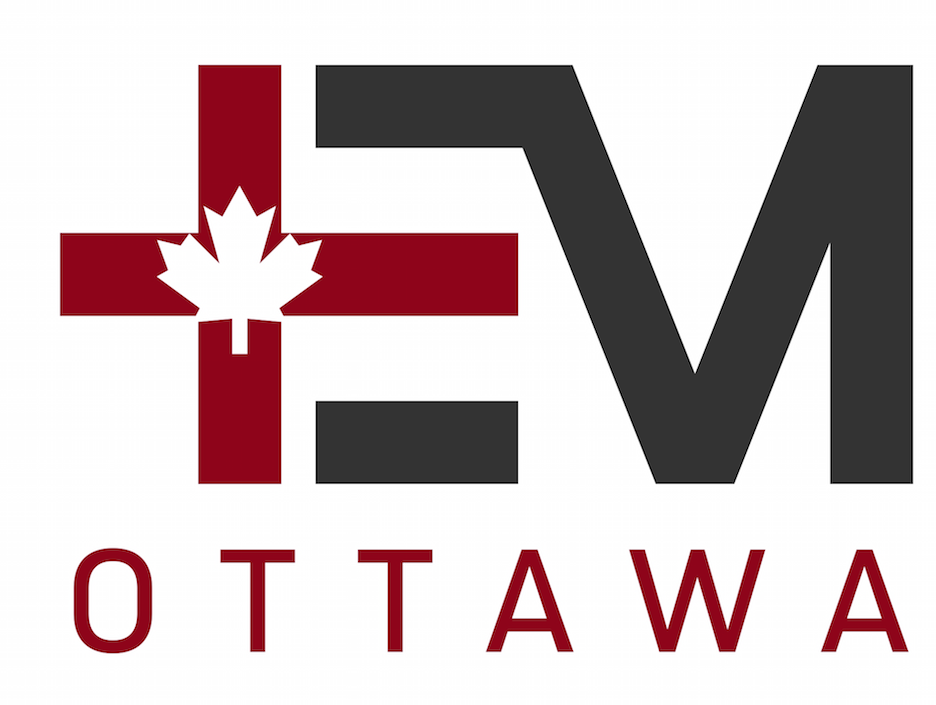
by Josee Malette | Nov 23, 2023 | Featured, Grand Round Summaries, Quality Improvement
As you’ve gleaned from the title of this blog post, today we are focusing our conversation on CHANGE; with a particular emphasis on its implications in healthcare. However, before we get deep in the weeds, it’s important that we acknowledge the elephant in...
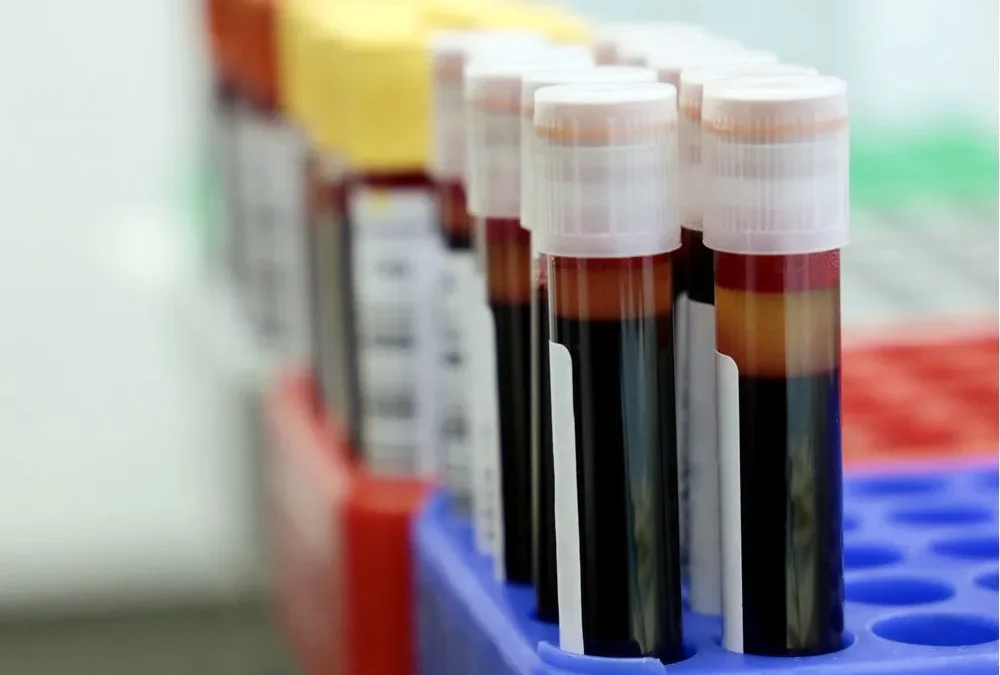
by Elias Horner, Hans Rosenberg, Venkatesh Thiruganasambandamoorthy | Jul 4, 2023 | Journal Club, Quality Improvement
Methodology: 2.5/5 Usefulness: 2/5 Mathura P, et al. CJEM. 2022 Sep;24(6):636-640. Editorial: When evidence-based medicine and quality improvement collide. Question and Methods: Can we decrease physician ordering of the BUN (blood urea nitrogen) test, using an...

by Nicholas Choi, Hans Rosenberg, Jeff Perry | Jun 12, 2023 | Featured, Full Article, Journal Club, Quality Improvement
Methodology: 2/5 Usefulness: 3/5 Warstadt NM, et al. BMJ Open Qual. 2022 Jan;11(1):e001624. Questions and Methods: Using a cohort and QI approach, to demonstrate the effectiveness of a multidisciplinary educational intervention and EHR tool to increase sepsis bundle...
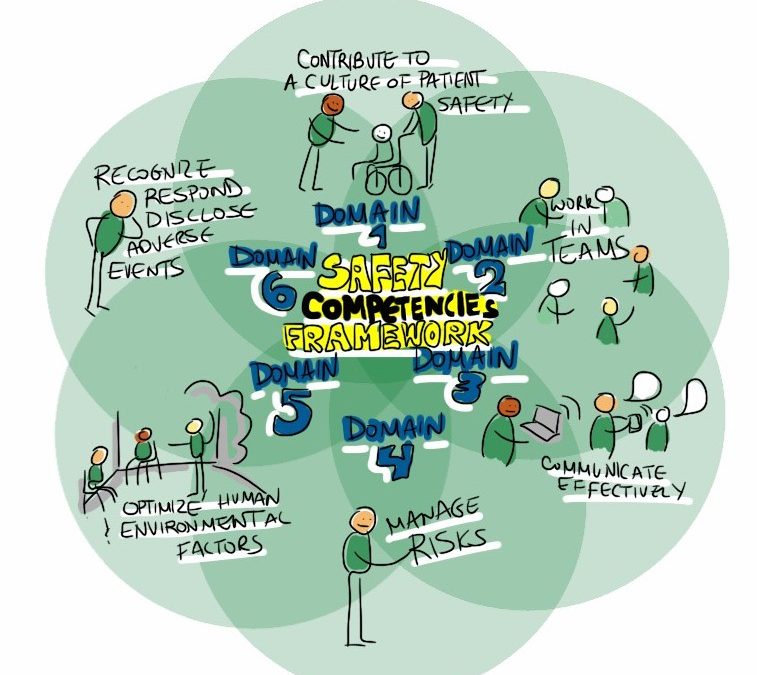
by Evelyn Tran, Lucy Karp | Jul 21, 2022 | Featured, Grand Round Summaries, Quality Improvement
What is patient safety? Patient safety is a discipline developed in response to the rise in hospital adverse events over the years. Aims to take lessons learned from prior unfavourable outcomes and make improvements that mitigate risks, prevent errors, and reduce...
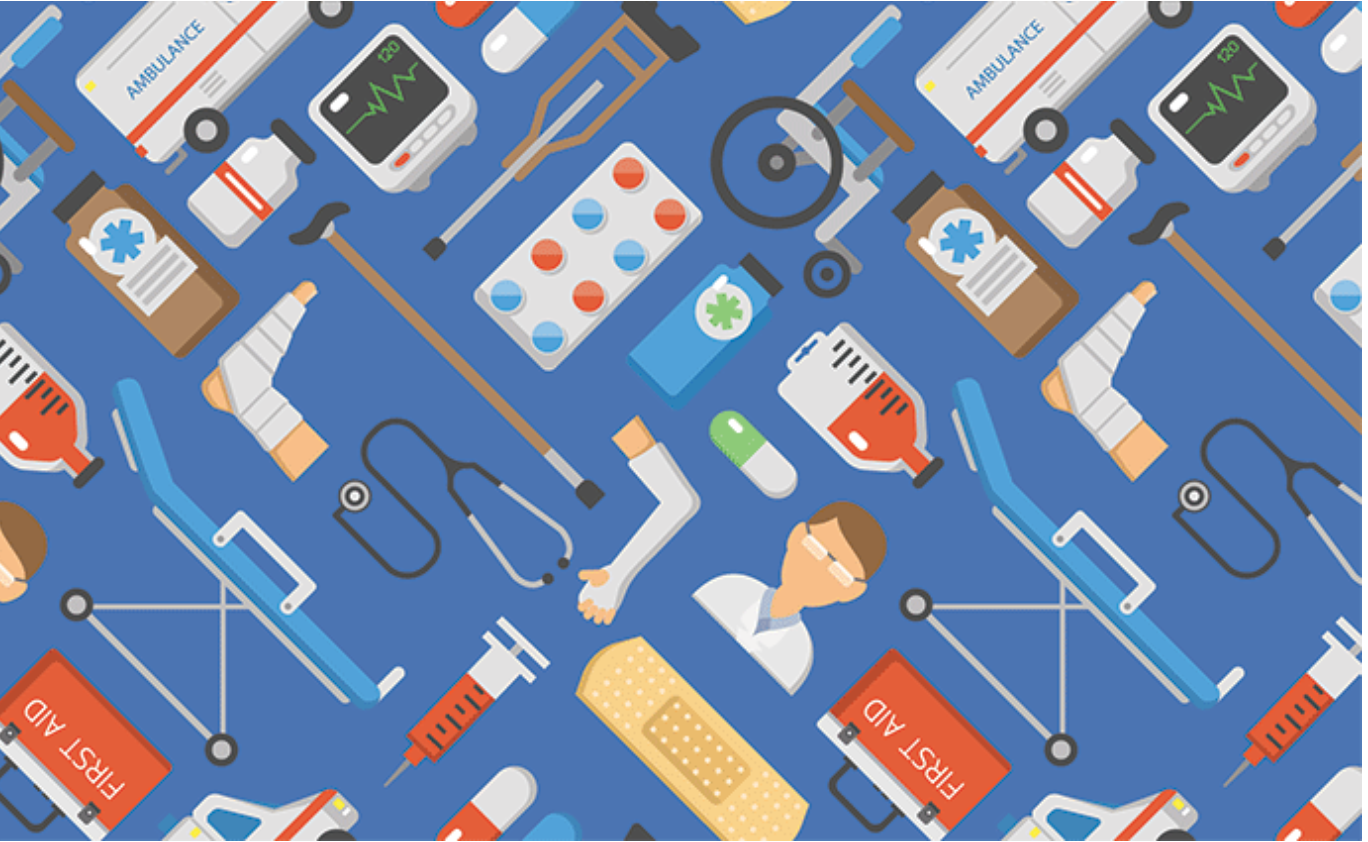
by Jessica McCallum, Pascale King | Feb 20, 2020 | Featured, Geriatrics, Grand Round Summaries, Medical Education, Pre-Hospital, Quality Improvement
What is Community Paramedicine? The international round table on community paramedicine provides the following definition: “…a model of care whereby paramedics apply their training and skills in non-traditional community-based environments outside of the usual...

by Scott Odorizzi, Alex Coutin | Oct 3, 2019 | Featured, Grand Round Summaries, Quality Improvement
In today’s post, we seek to: Understand what artificial intelligence (AI) is Generate a basic understanding of how AI works Review applications of AI in the Emergency Department (ED): Patient care Predictive Analytics ED Operations Intelligence Intelligence...

by Harrison Carmichael, Richard Hoang, Shankar Sethuraman | Jun 6, 2019 | Grand Round Summaries, Mass Casualty / Disaster, Quality Improvement, Resuscitation, Trauma
A Code Orange is a hospital-scale response to any event or group of events that results in a patient influx that outstrips available hospital resources. It realigns the way the hospital functions to support the emergency department and rapidly increases the number of...

by Nick Schouela, Richard Hoang, Shankar Sethuraman | Apr 25, 2019 | Airway, Grand Round Summaries, Quality Improvement, Resuscitation
A checklist is a physical, cognitive aid that lists essential actions required for a task to compensate for limitations in human memory. While checklists have been around forever, the concept of checklists in medicine is much newer. Medical checklists have been...

by Daniel Beamish, Richard Hoang | Aug 2, 2018 | Cardiology, Featured, Grand Round Summaries, Quality Improvement
Chest pain is a common presenting complaint to Emergency Departments (ED) worldwide. Massive resource investment is required to differentiate benign from sinister causes of chest pain, and for the treatment, referral, and risk stratification of chest pain patients. A...
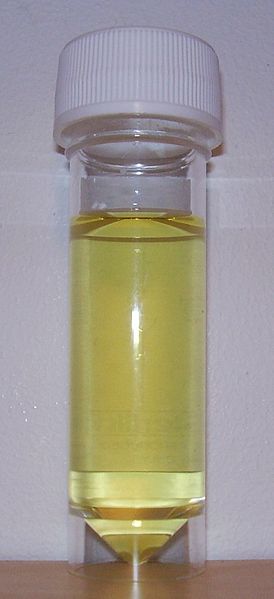
by Hans Rosenberg | May 14, 2018 | Journal Club, Quality Improvement, Urology
Journal Club Summary Methodology Score: 4/5 Usefulness Score: 4/5 Stagg A, et al. BMJ Qual Saf. 2018 Feb;27(2):140-147. Question and Methods: This QI time-series analysis assessed the efficacy, safety and costs of a 2-step urine culture (UC)...











